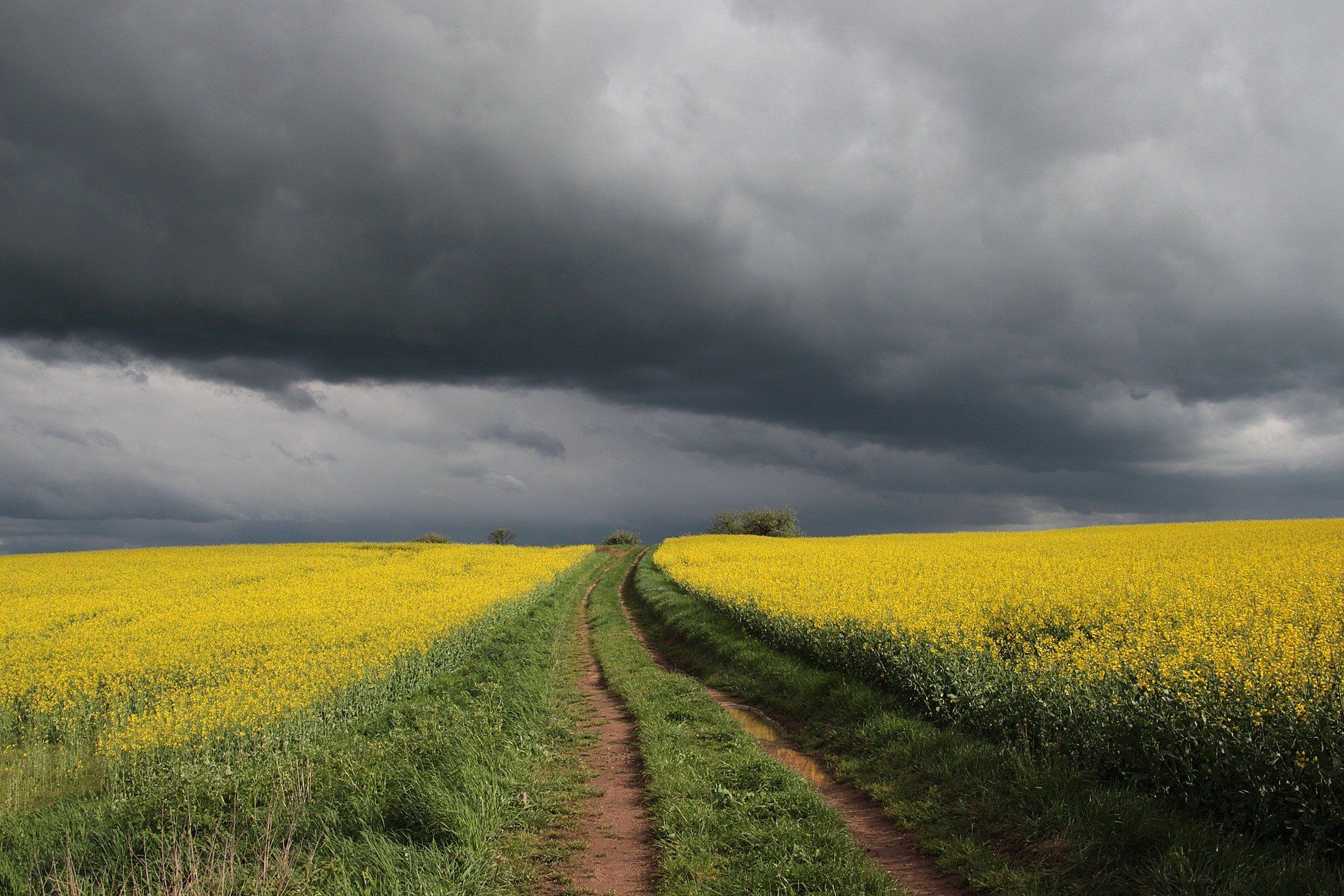1MG FlippingBooks
Crop sensors, algorithms perfecting water predictions
Elizabeth Gracie

CSIRO Australia has partnered with local agtech company GoannaAg to produce WaterWise, combining crop sensors with weather data to help growers measure water stress and predict their future water needs in real-time.
This partnership will see the combination of both sensors and analytics “to maximise every drop of irrigation water used to grow crops” according to CSIRO.
GoannaAg already produces agricultural sensing systems for water use efficiency, but WaterWise will be the first to utilise smart analytics as a data stream for on-farm customers.
WaterWise works by using in-field sensors that effectively let the plants do the talking. The sensors measure the canopy temperature of crops every 15 minutes and then transmit the data to CSIRO’s sensor data infrastructure.
CSIRO’s sensor data infrastructure then includes the predicted weather forecast and uses machine learning to apply a unique algorithm developed by the CSIRO to predict the individual water requirements that crop needs for the next week.
“Being able to predict when to irrigate will allow our clients - farmers - to plan based on what the plant needs” said CEO of GoannaAg Alicia Garden.
WaterWise team leader Dr Rose Bodrick said that predicting the future water needs of crops was the real breakthrough science in this partnership.
“Our high tech WaterWise system can help farmers by giving them the data and confidence in their decision making because every drop counts,” said Bodrick.
“Just like humans, plants have an optimum temperature. When things are normal it is easier to predict when a plant will need water. But when conditions change - like with a new crop, a new field, or unusually hot or cold weather forecasted - farmers want backup with their decision making”.
Ms Garden said that the partnership with CSIRO and development of this innovation means that customers can access brand-new, Australian-made, science-based technology.
CSIRO is still aiding in the development and commercialisation of GoannaAG’s WaterWise innovation. However, the system that incorporates WaterWise is expected to be commercially available in time for the 2020 summer cropping season according to Goanna Ag.
The next step for GoannaAg will be the removal of in-field canopy sensors in favour of drones and satellite technology.
NEWS

Prodoz, a Proudly Australian and family-owned agribusiness, based in Melbourne, is strengthening its positions as national/international leader in advanced crop – science solutions through a growing portfolio of global innovation partners and a distribution footprint supported by all major distributors - includes Nutrien Ag, Elders, Lindsay Rural and Independent Rural stores.

Trace minerals are required for optimal growth, reproduction, and immunity. Optimising trace mineral status relying solely on oral supplements across a herd may fail because of variation in individual intake and reduced absorption due to antagonism of other ration components and minerals. The use of injectable trace mineral supplements has been associated with positive reproductive outcomes including improved conception rate, increased odds of pregnancy and greater final in calf rate. A study conducted on 2,168 dairy cows, administered injectable trace minerals, four weeks prior to calving and again four weeks prior to the start of mating showed treated animals had a 3.3 per cent greater final in-calf rate, and a reduced time from start of mating to conception, compared to control animals 1 . The Importance of B12 Dr Carl Eden, Technical Services Veterinarian with Boehringer Ingelheim says “Vitamin B12 is sometimes referred to as a ‘super vitamin’ because it is only required in very small amounts but vital to many essential metabolic pathways. However, demand for B12 can vary considerably during the year and we see serum levels of B12 fall at critical times, such as the first few months after calving.” Vitamin B12 contains cobalt, so deficiency in cobalt can lead to deficiency in vitamin B12 because ruminants get most of their B12 as a byproduct of ruminal fermentation where the bacteria in their rumen assemble B12 from cobalt for use by the cow. Sub-optimal trace mineral and vitamin B12 status at calving, mating, and drying off has been shown to negatively impact growth, reproduction, and immunity. Using a trace mineral injectable containing vitamin B12 can improve trace mineral and vitamin B12 status at these critical times. Marks-Min with Vitamin B12 – The Evidence In the largest trace element study to date, Marks-Min Injectable Trace Mineral with Vitamin B12 demonstrated remarkable results when compared to a reference trace mineral injection. “Given the differences between Marks-Min and other products on the market, we wanted to generate a compelling data set to demonstrate how effective it was compared to the pioneer product. We entrusted this work to a third-party research company” says Dr Eden. “We chose farms that were at the top of their game from a reproductive perspective. We made sure that the farms had no evidence of trace element or vitamin B12 deficiencies or excess.” Across all outcomes of interest, Marks-Min demonstrated clear non-inferiority when compared to the reference product. Outcomes measured included submission, pregnancy and conception rates, and six week in-calf rate. Marks-Min demonstrated it is highly suited as an alternative treatment to the reference product. Reference: 1. Hawkins, D., and B. V. S. Franklin. New Zealand Dairy Veterinarians Newsletter 24 (2007): 12-16 Company website: livestockfirst.com.au Company email address: CustomerCare.Australia@boehringer-ingelheim.com Company video: https://vimeo.com/1138807630?fl=pl&fe=cm














